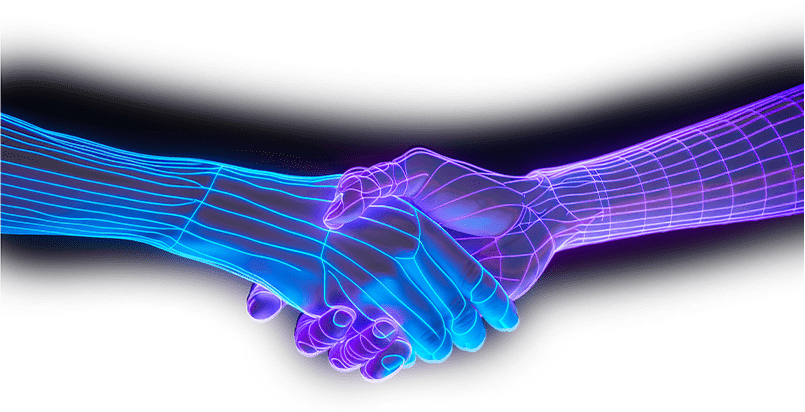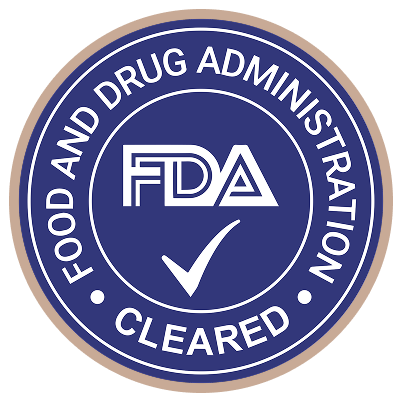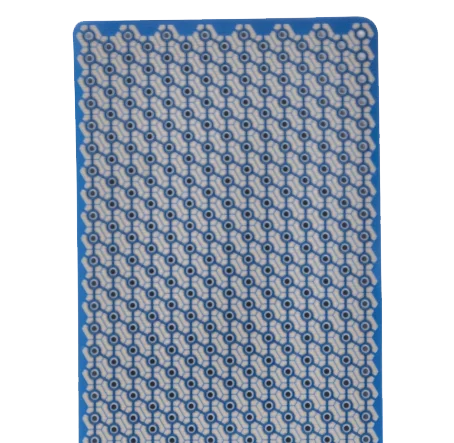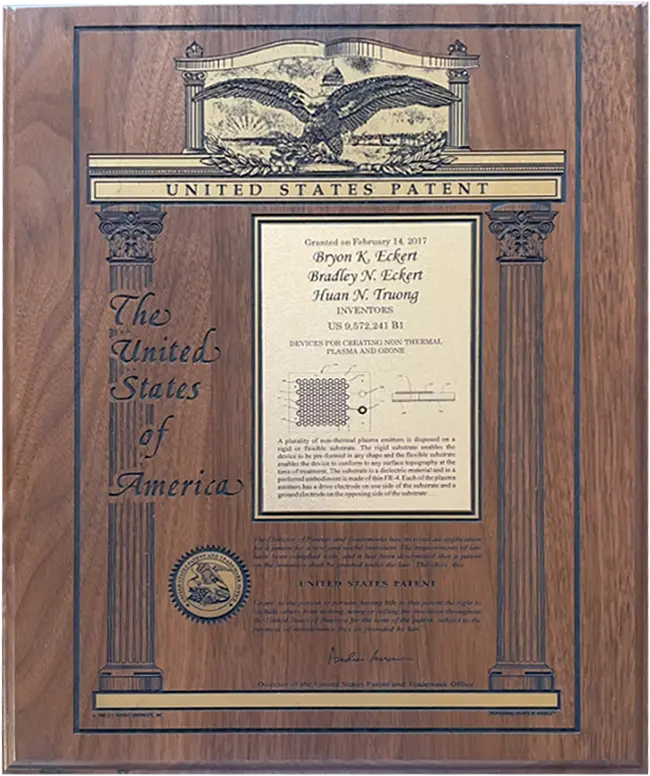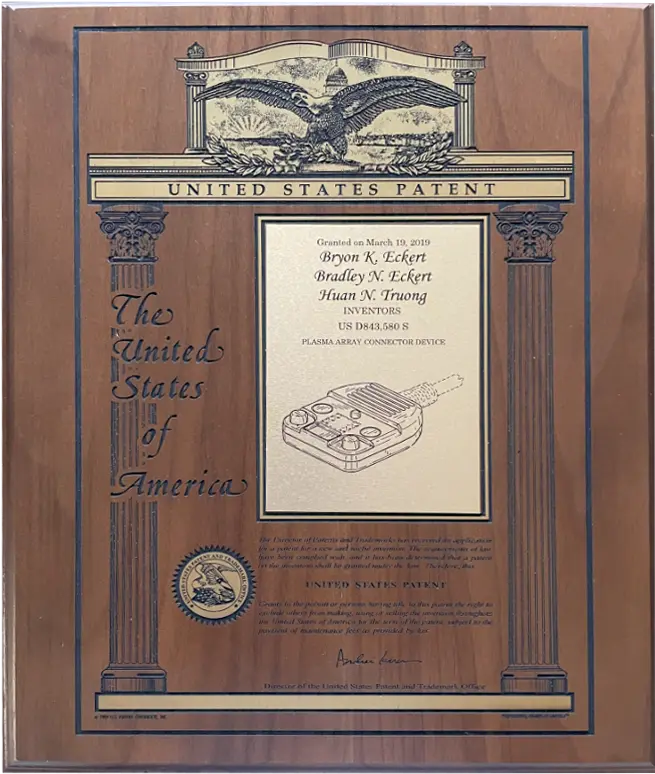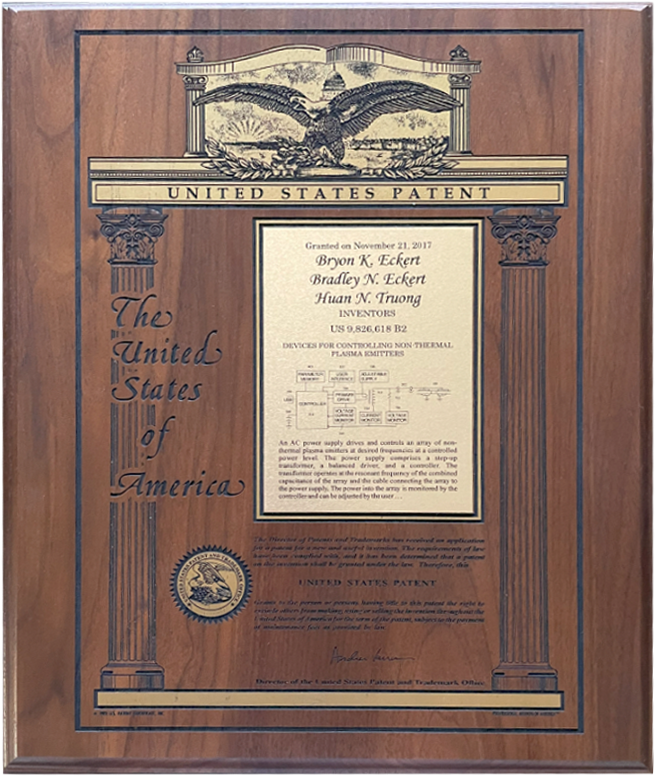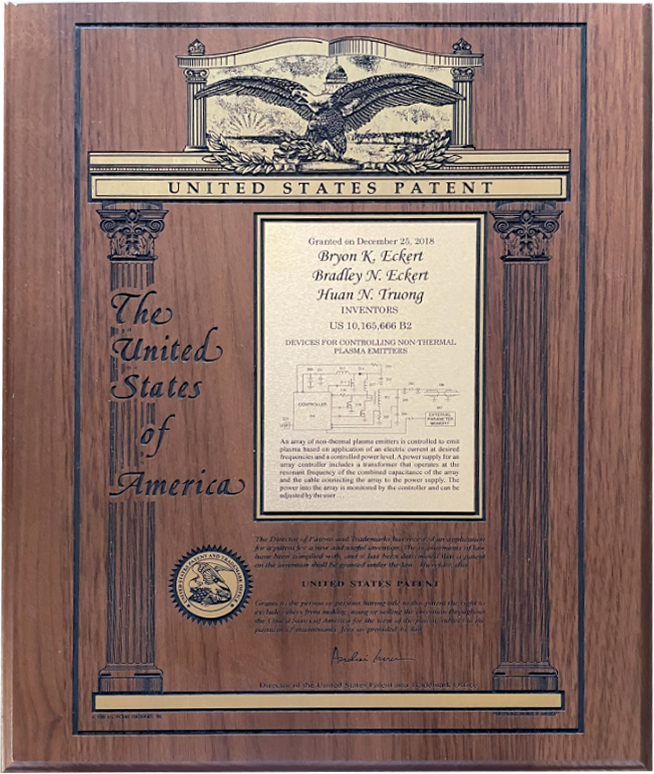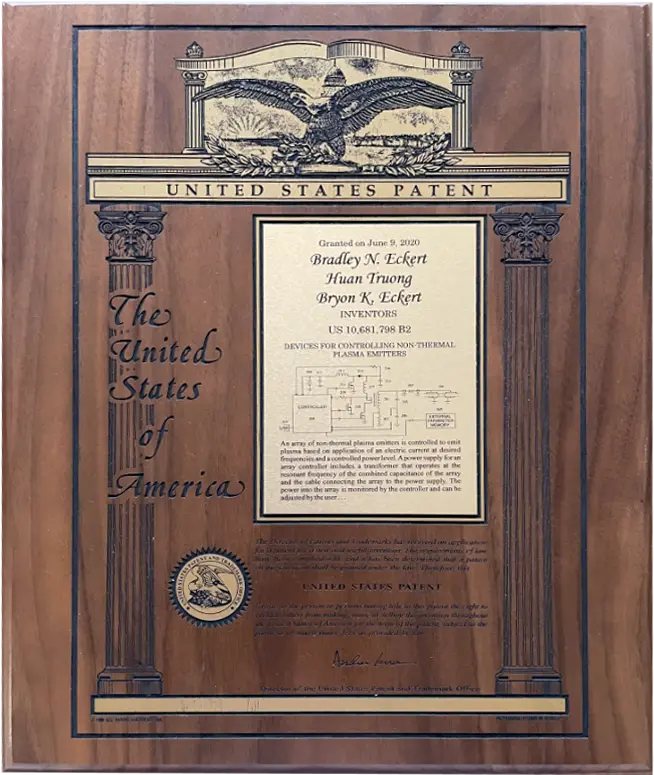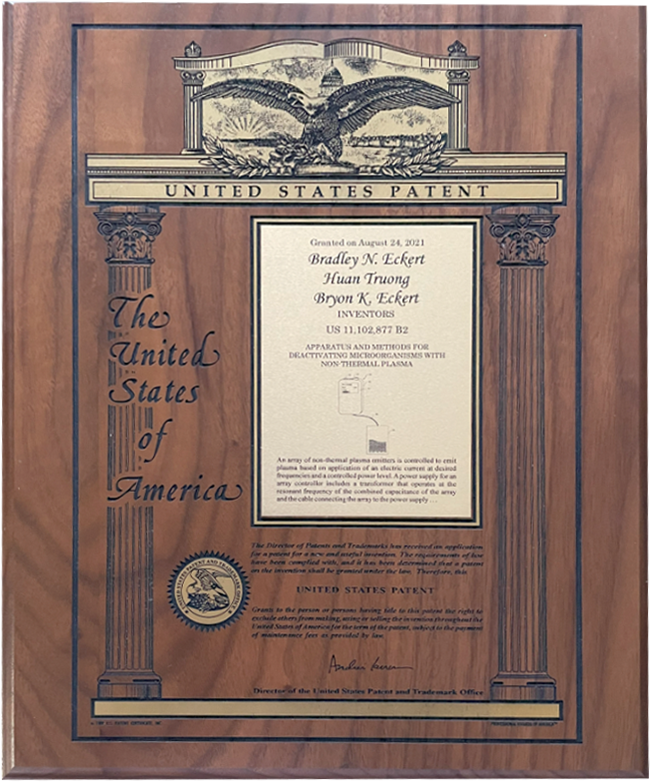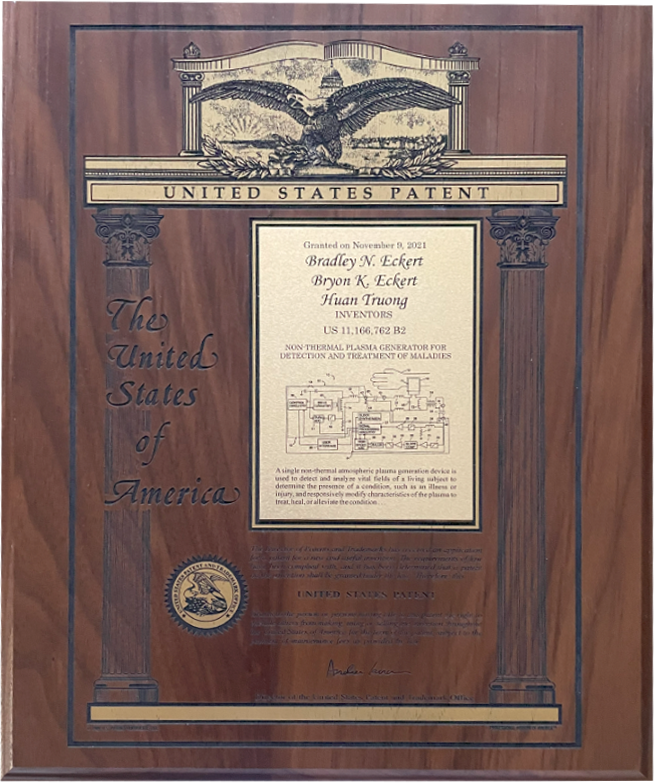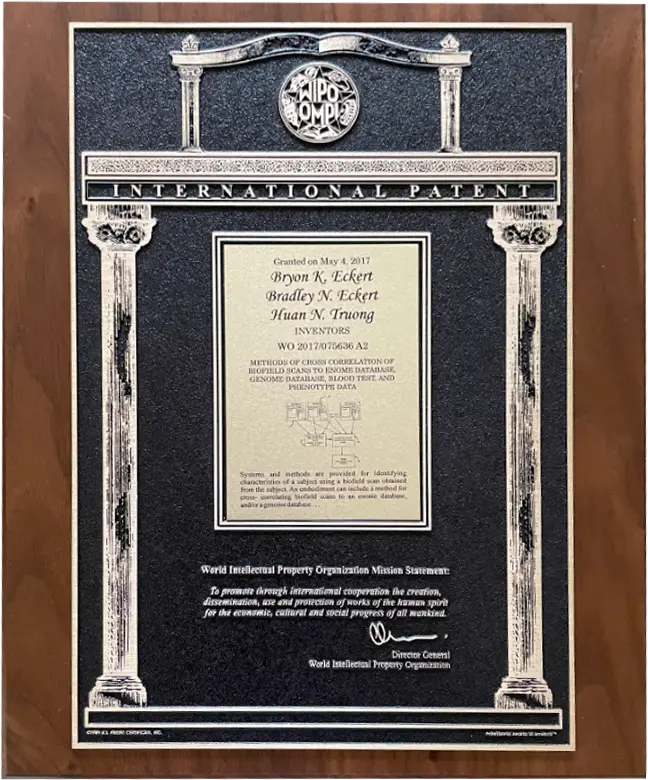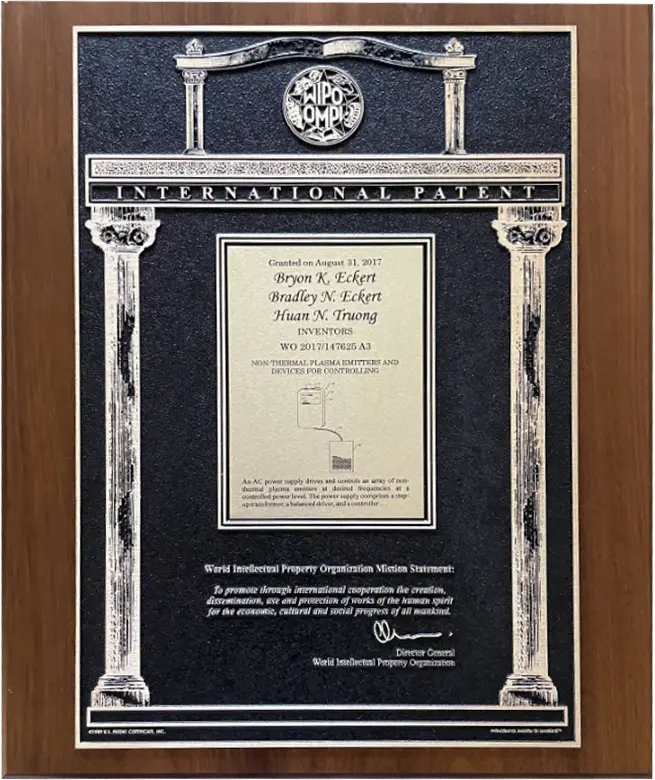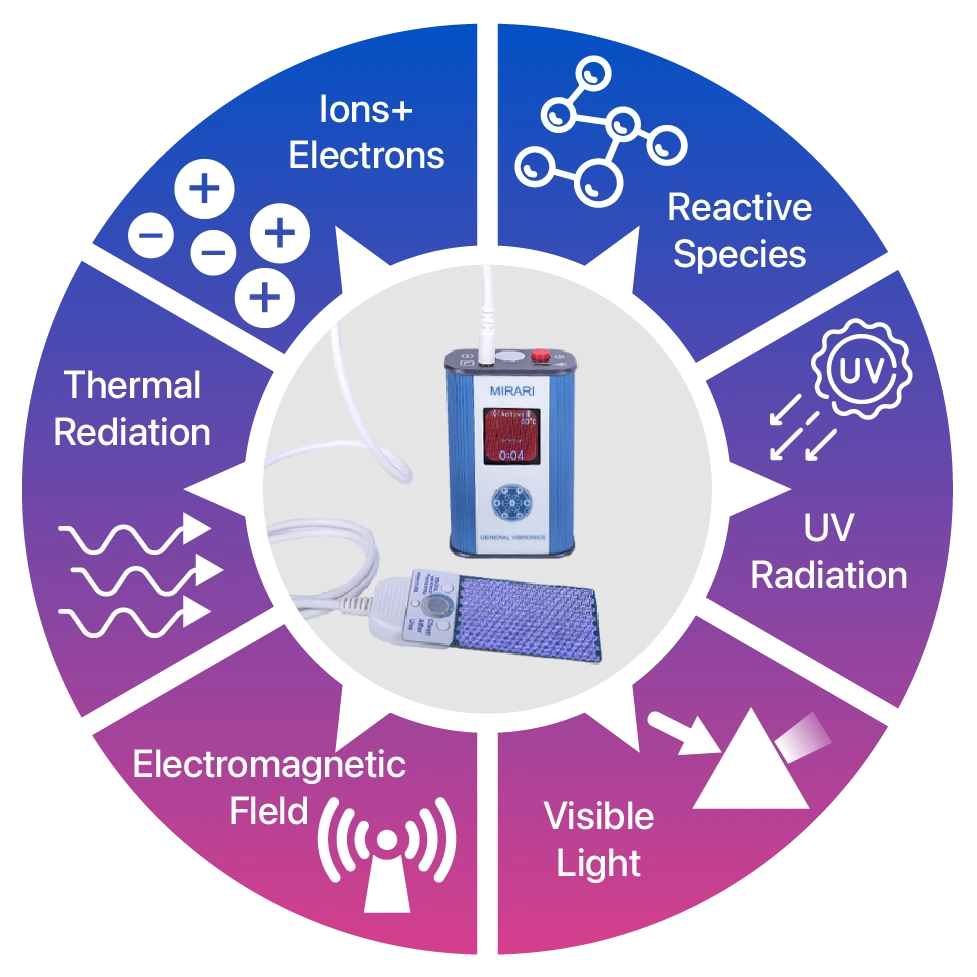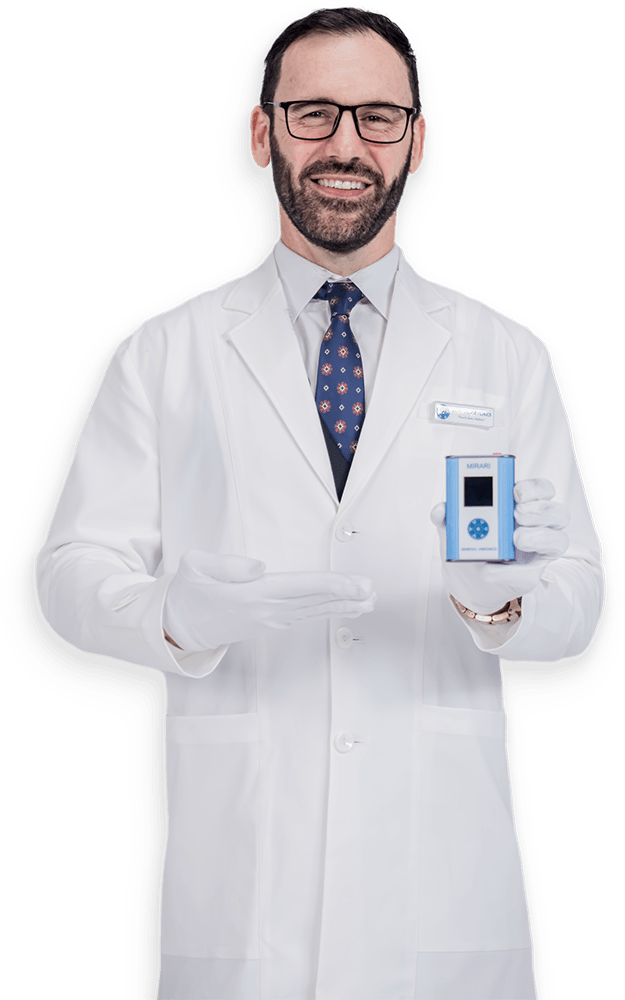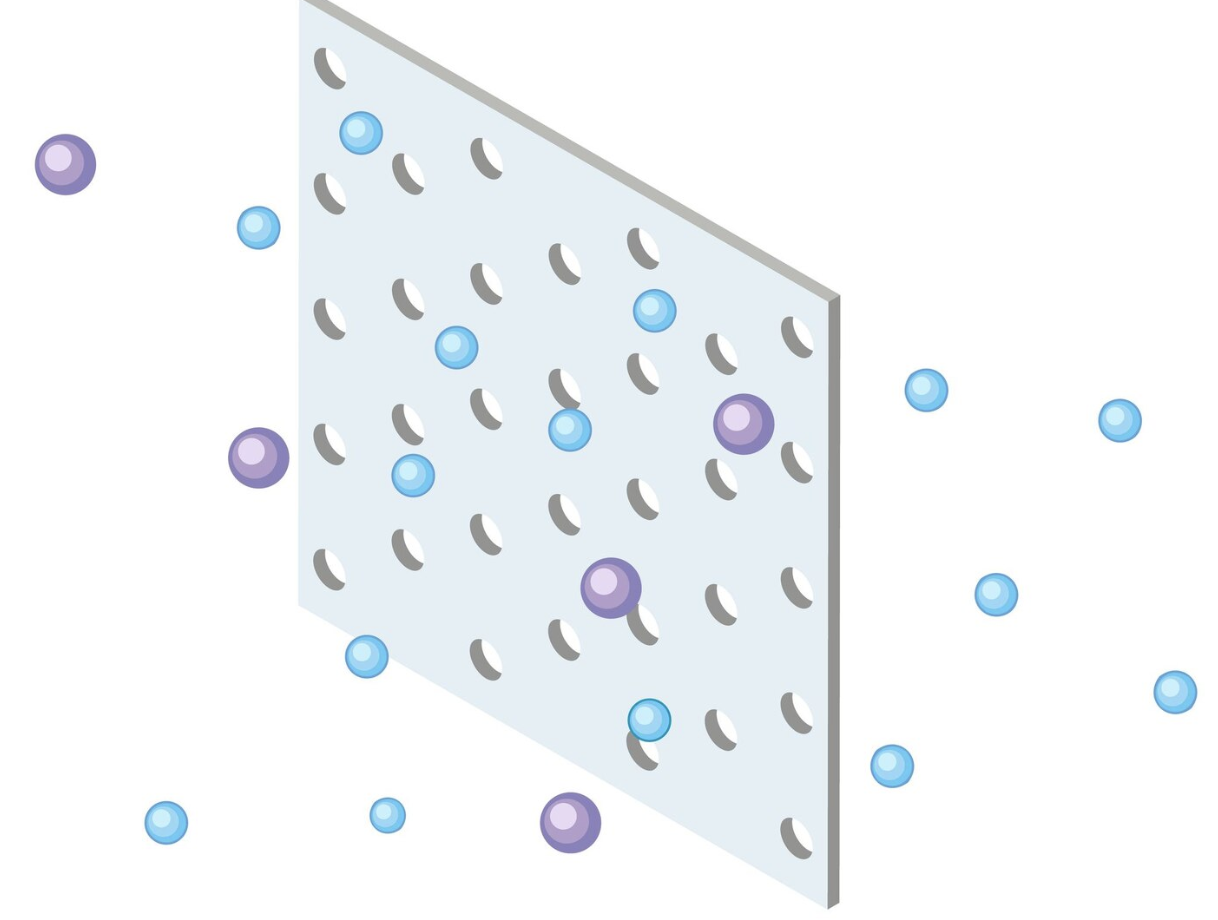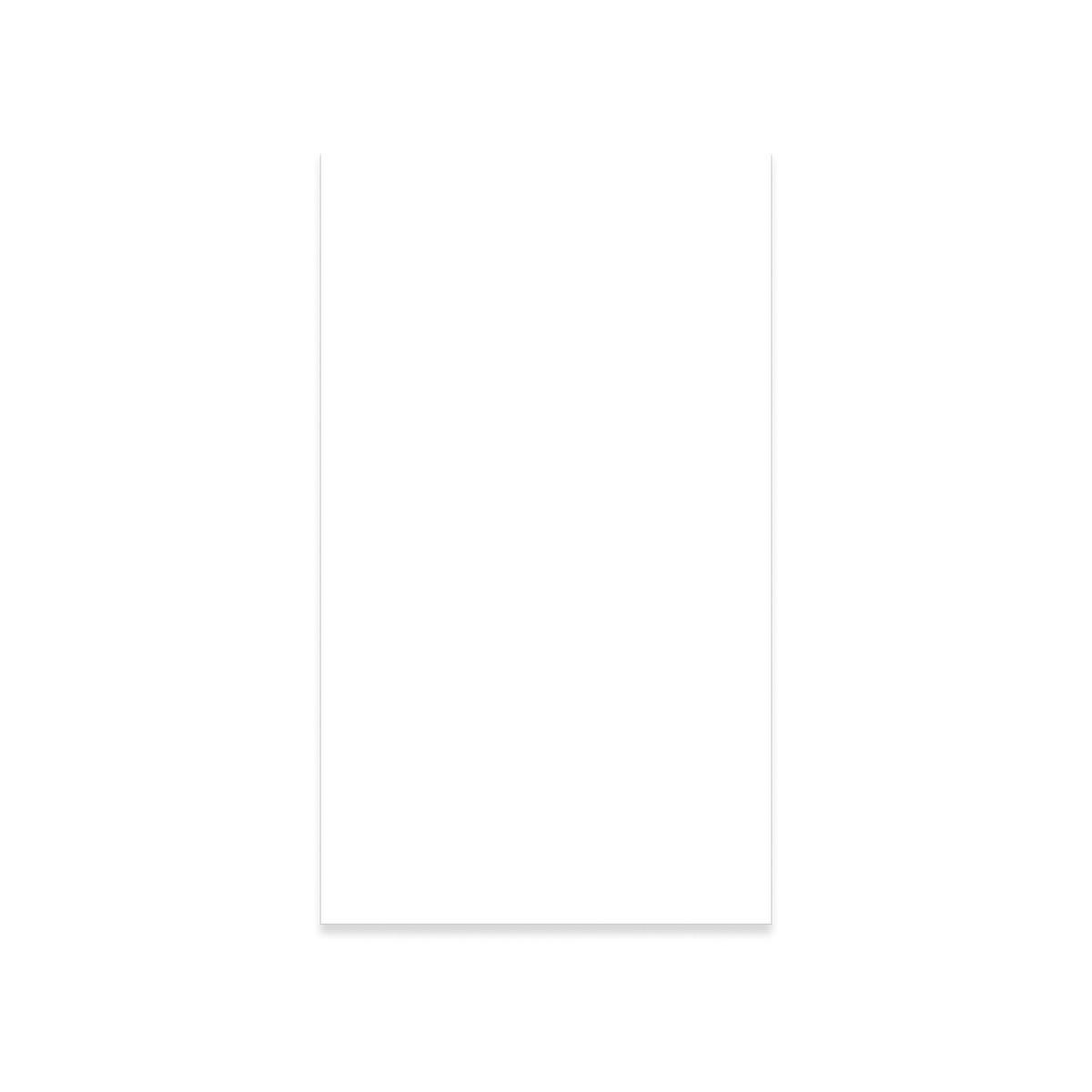MIRARI® Cold Plasma System
The world's first handheld cold plasma device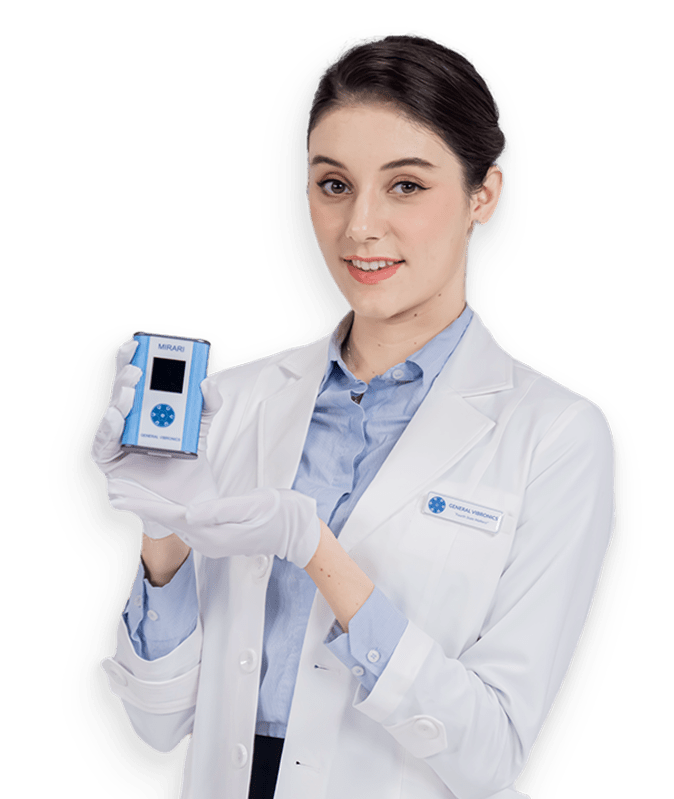
Adwards
Best Innovation in North America JWC.
March 2017, London, UK.Best Poster Award: World Union of Wound Healing Societies (WUWHS).
September 2016, Florence, ItalyApproved & Registered in
Food and Drug Administration, Thailand
Ministry of Health of Vietnam
Portable handheld
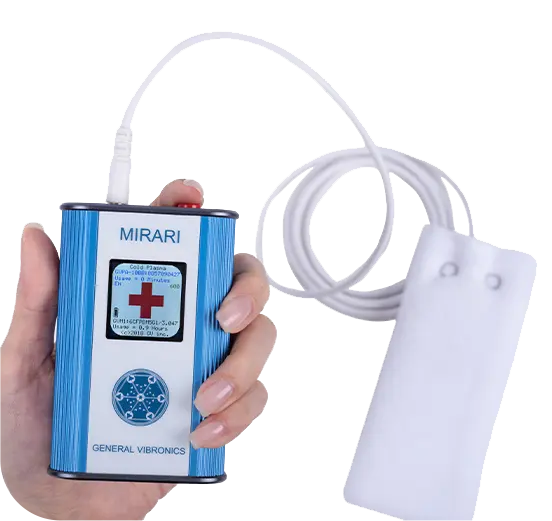
Safety

Fast Charger


Inactivates
Inactivates bacteria, viruses, fungi and multi-resistant pathogens
Non-invasive treatment

Improving blood circulation
Plasma
Wide range of indications
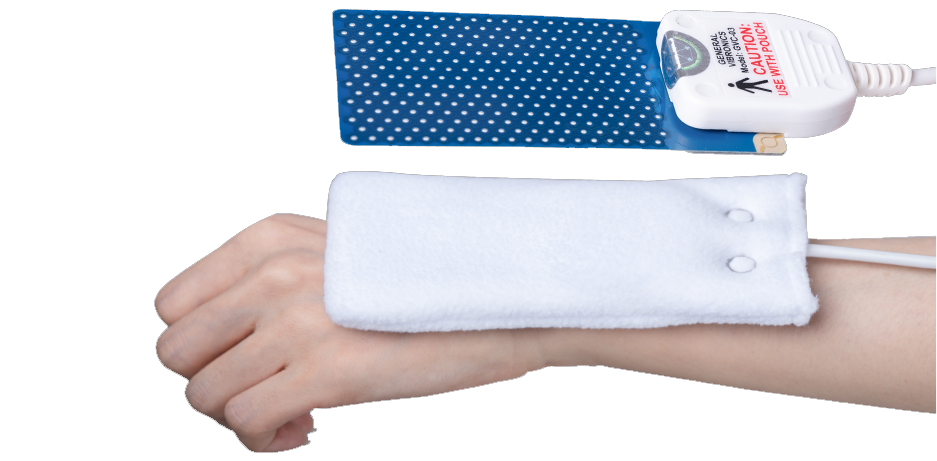
Surface-modification Array
Approved Certifications















Patents
Testimonials
Cold Plasma
A Powerful Tool for Modern Medicine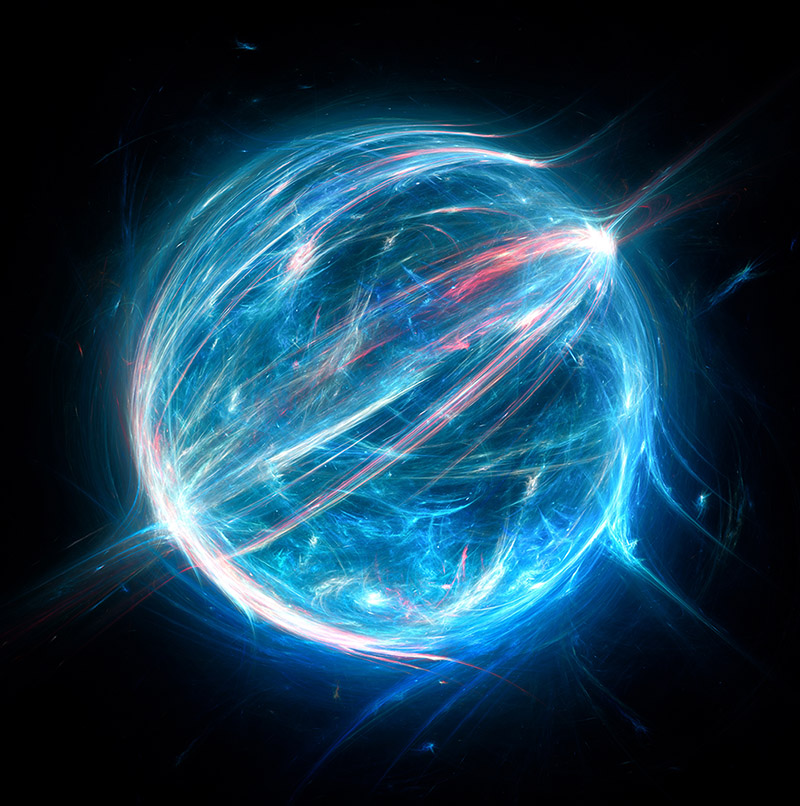

Plasma is the fourth state of matter, joining solids, liquids, and gases. When a gas is heated to extremely high temperatures, some electrons are stripped from their atoms, forming a mixture of positively charged ions and negatively charged electrons. This ionized gas is called plasma and is distinct from the other states of matter due to its unique properties and behavior.
Pain Management & Wound Healing
Cold plasma is able to kill or disable bacteria, viruses, and fungi, including antibiotic resistant strains.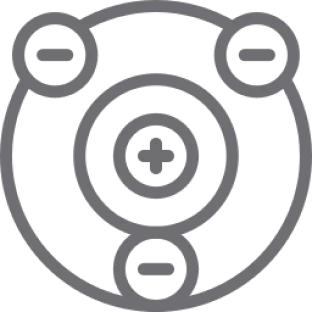
Ions and electrons
bombard the skin surface and break hydrogen bonds of organic molecules, such as those forming cellular membranes of bacteria and viruses. Electrons have the highest penetration depth and can penetrate through wet layers on the skin. Elections also react with water to create reactive oxygen species which kill microorganisms. Ions also dissolve into the water making it more acidic and inhospitable.

Reactive oxygen species
are oxygen atoms and chemically active molecules containing oxygen in ground or excited states, as well as their ions. Hydroxyl radicals (OH) react very quickly with organic molecules removing hydrogen atoms and producing alkyl radicals, which rapidly oxidize in air. They destroy the capsules and cell walls of bacteria, fungi, and viruses, which leads to cell death. Hydrogen peroxide (H2O2) is a strong disinfectant that can penetrate into the bacterial cell nucleus, where it can damage the DNA molecules and killing the cell. Ozone (O3) is a powerful oxidant that destroys the cell walls.
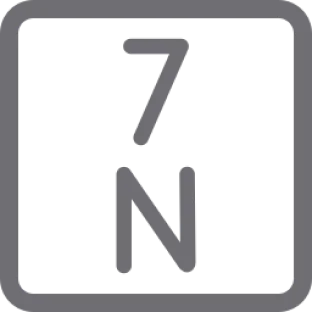
Reactive nitrogen species
such as nitric oxide (NO), nitrogen dioxide (NO2), peroxynitrite anion (ONOO−), nitrous acid (HNO2) are less reactive compared to the oxygen species, but they can also penetrate into tissues and have an anti-microbial effect.
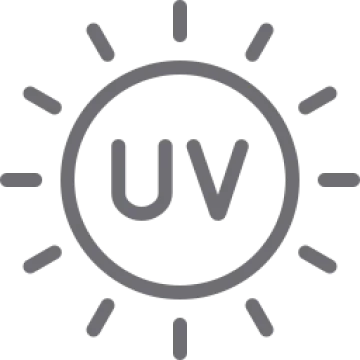
Ultraviolet radiation
is very effective at disinfecting. It damages DNA and inhibits bacterial replication. However, the Mirari device does not produce significant levels of UV radiation as excess UV radiation is harmful to human skin.
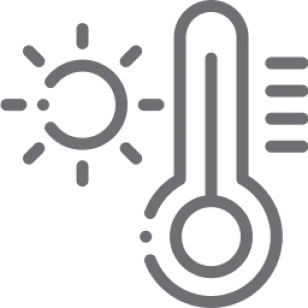
Heat and visible light
are created in small amounts. Although they are the only components that humans can directly experience, they do not have a significant medical effect on the skin.

Electromagnetic radiation
is produced by all electronic devices. It is harmless byproduct that has no medical effect.

The CAP modality
is primarily used for treating superficial tissues with high water content, such as muscles and soft tissues. In this mode, the RF energy creates an electric field that causes oscillation of ions within the tissue, generating heat through molecular friction.

The RES modality
is designed to target deeper, denser tissues with higher electrical resistance, such as tendons, ligaments, and joint capsules. In this mode, the RF energy is directly converted into heat as it encounters the resistance of the tissue
Device Components

Mirari Driver
Mirari Plasma Array
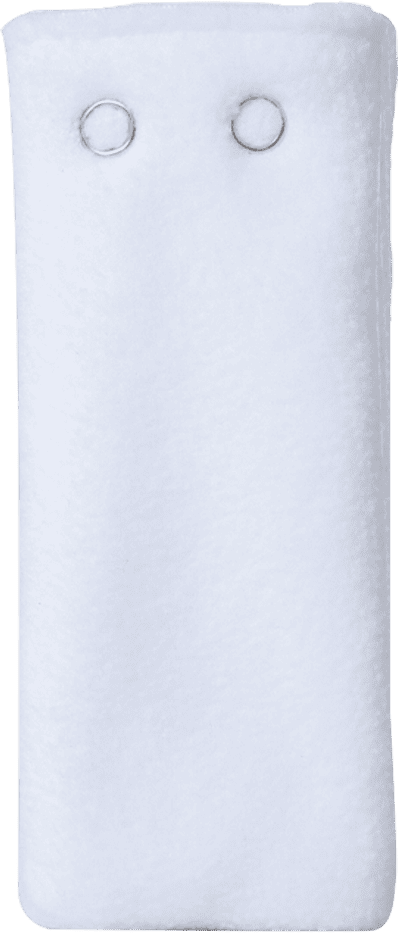
Mirari Insulating Pouches

Mirari Magnetic Connector Cable

12W USB Power Adapter & USB-C
How it works
Antimicrobial
Anti-Inflammation
Enhanced Immunotherapy
Cell Regeneration
Energy Balance
Efficacy
Treatments with Mirari cold plasma are faster, better, and for diseases previously untreatable.Cost Effective
Costs are kept affordable with pay-per-visit or microfinancing, contact us to learn more.Customer Experience
Our customers come first. Everyone deserves to be healthy and happy.Safety
Safety is our highest priority. Over 7 years of development and testing have gone into making Mirari cold plasma safe, effective, and easy to use.Miracle starts here!
Please contact us if you are interested in Mirari technology. Together, we will change the world!